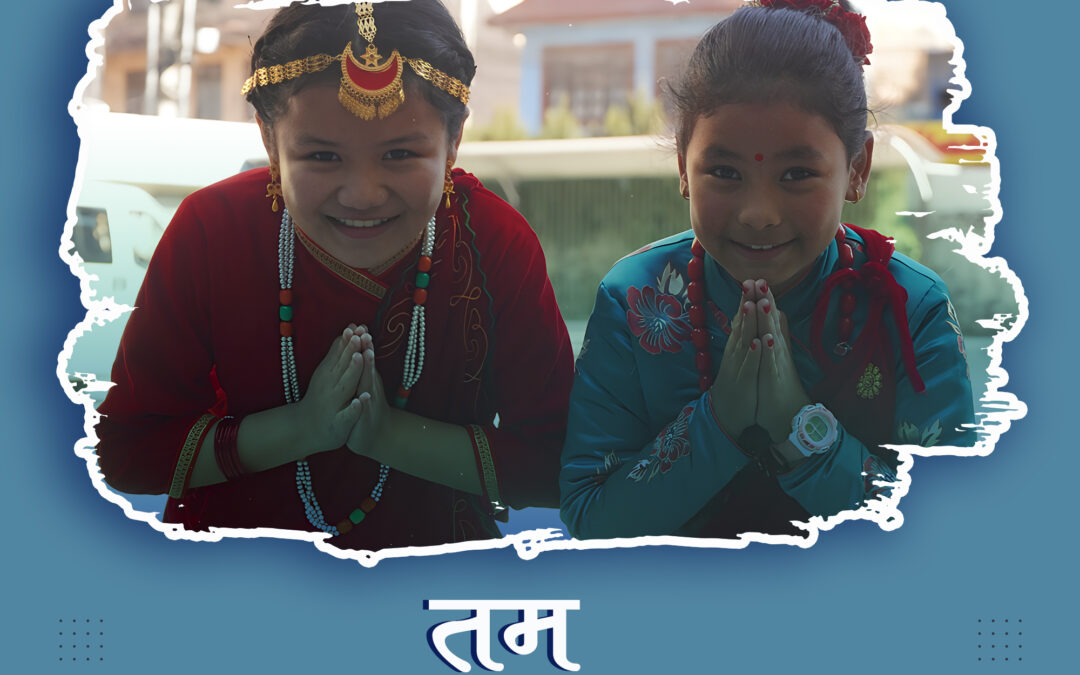Tamu Lhosar can be broken down into three words, ‘Tamu’meaning Gurung, ‘Lho’ meaning year or age and ‘sar’ meaning new or fresh. So we can say that Tamu Lhosar is the new year of the Gurung community of Nepal. Tamu Lhosar is one of the Lhosars, Others are Sonam Lhosar of Tamang Community, Gyalpo Lhosar of Sherpa Community. Tamu Lhosar originated from the Tibetan community and Buddhism has highly influenced it. It is celebrated on Poush 15 or December 30.
Tamu Lhosar is celebrated as the new year and there are 12 animals that represent each of the 12 years. They are The Rat, The Cow, The Tiger, The Cat, The Eagle, The Snake, The Horse, The Sheep, The Monkey, The Bird, The Dog and The Deer. Currently it’s the year of The Snake. On this day Gurungs visit Buddhist shrines. It allows Nepal travelers to witness cultural heritages of the Gurung Community. Gurung communities celebrate Tamu Lhosar by gathering and celebrating wearing gurung dress, dancing, singing and having good food. In Kathmandu, people celebrate Tamu Lhosar by going to Tudikhel. Before entering the Tudikhel Gurung community from various regions gather as groups and march around the Tudikhel showcasing their individual regional cultures and dances. Then they enter Tudikhel as well as showing cultures of different sects and dancing to gurung folk songs which is broadcasted on the television.
The Gurungs get along with each other and enjoy the joyous festival together, creating stronger bonds and new memories to remember.Such Festivals reunites families, friends and their loved ones and it also gives the working time to relax. Celebrating Lhosar in countries beyond Nepal helps foreigners know about Nepal and Nepali culture. Moreover, as the Gurungs mark Tamu Lhosar, they contribute to making Nepal an inclusive society. Hence, Tamu Lhosar is a very significant festival.
Aarush Gurung


